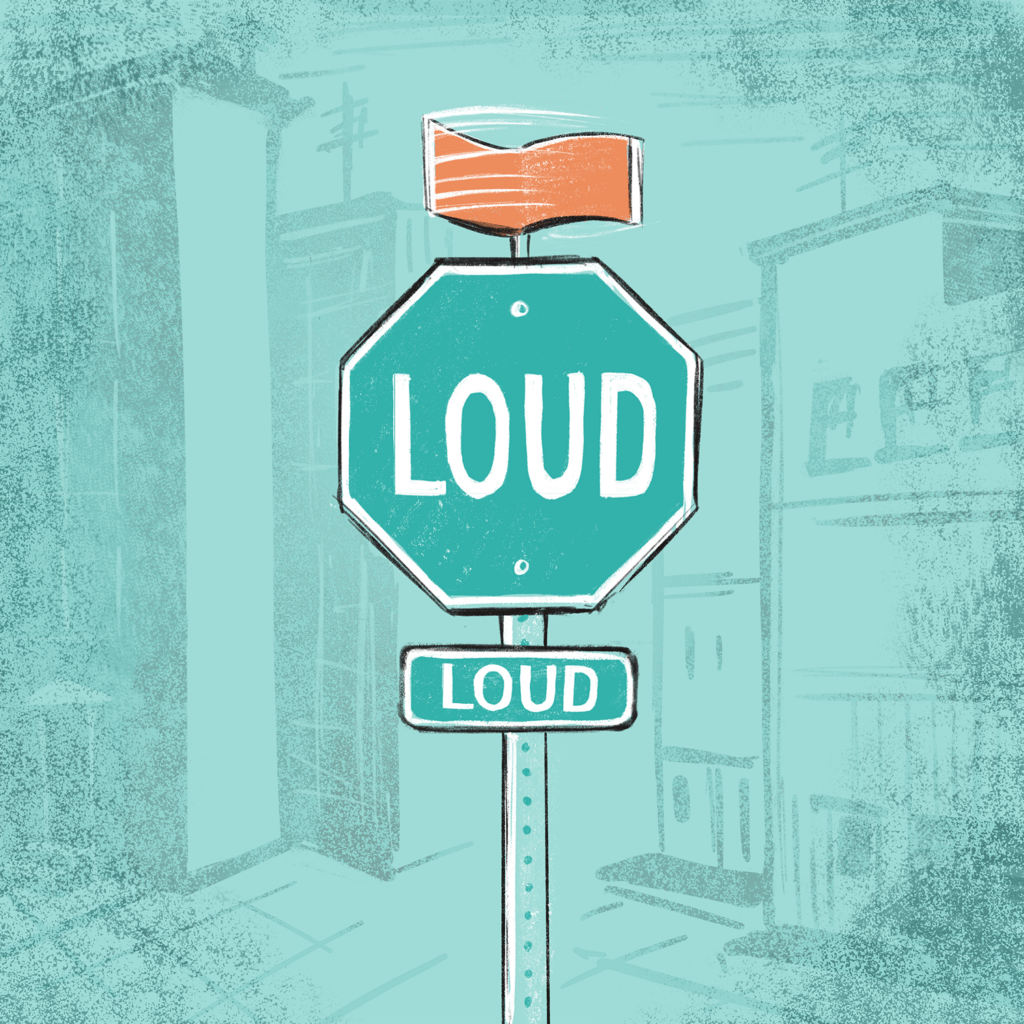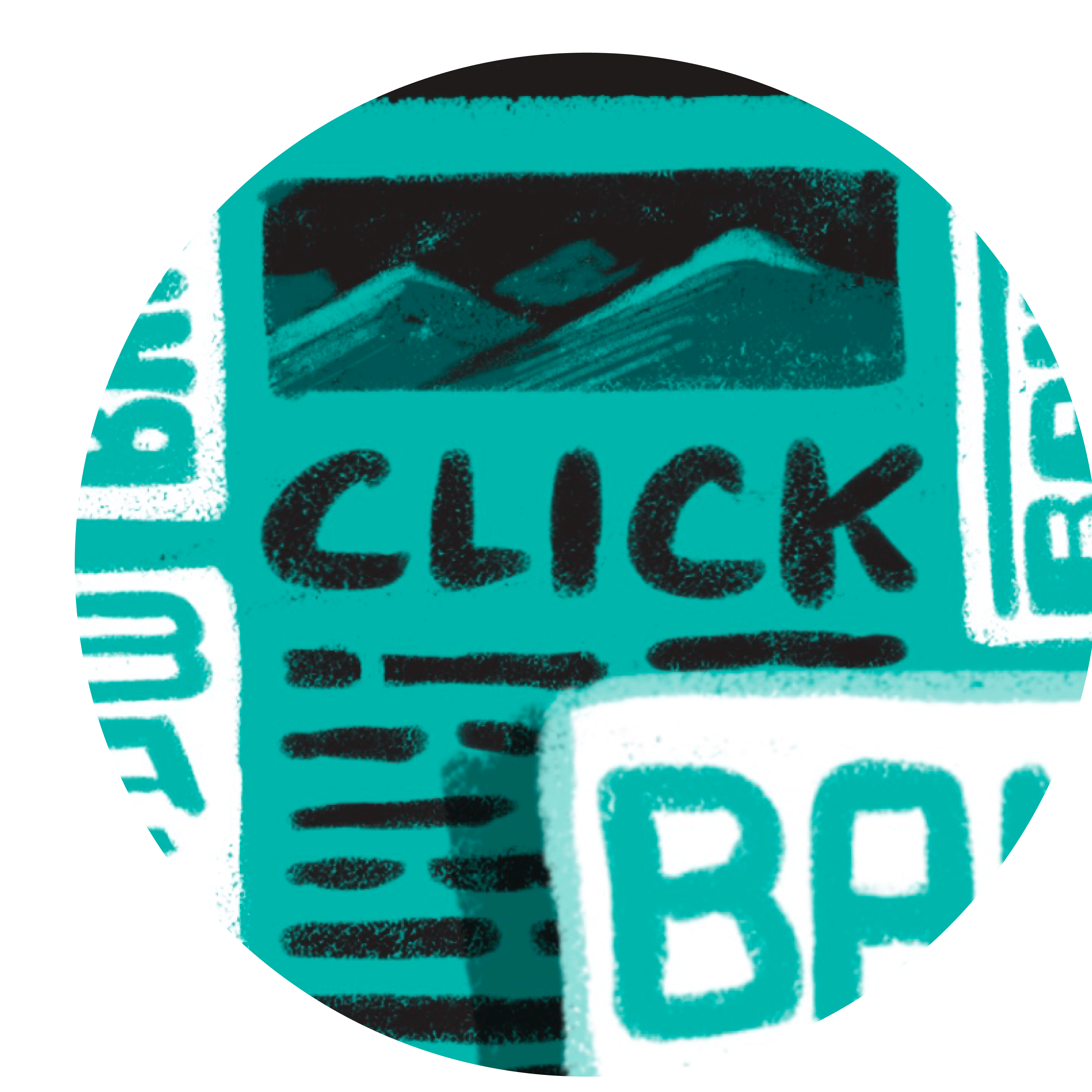Made you look: The ethics of coercive design

“Ladies and Gentlemen, behold: The Enemy:”
He raised the blinds, and there was the street below. Townies going up and down upon the land. Greased, efficient gears in the Village engine. Harmless.
“Relentless. Unstoppable. You cannot hope to defeat them. Nor, as a matter of fact, would you want to. Their defeat also means yours. When a host dies, he takes his virus with him. Viruses are fools—they work toward their own extinction. Not you. You will sustain the enemy as long as possible, and flourish.“So why are they the enemy? Because they are bent on destroying you. They did it yesterday. They’ll do it tomorrow. They’re curing themselves of you as I speak—their serum is Indifference. Your job is to infect them, to elude the antidote, and to thrive. To make your thoughts into their obsessions, your whims into their rapacious desires. And I will show you how to do it. If this isn’t what you had in mind, leave now to join them and become our food and save me considerable trouble. My job is to give you courage, cunning, power. To make you strong. To make you smarter. To make you ruthless. Because when you leave here, you are not just going to work.
From the Prelude to The Cheese Monkeys, Chip Kidd, 2002
“You are going to war.”
Chip Kidd gives these words to Winter Sorbeck, his narrator’s mentor and foil at the open of his novel, The Cheese Monkeys. This is our tongue-in-cheek introduction to the relationship between the graphic designer and their audience. I’m not sure the reader is supposed to take his pronouncement at face value, given the character’s antagonistic and borderline exploitative relationships with everyone else in the novel, but the overall sentiment certainly pervades some sectors of graphic design culture.
What should the designer’s relationship be to the audience? “Audience” itself is a revealing choice of words. Audience implies a passive listener—a ready recipient of whatever is presented. Other possible terms also present the relationship in different frames—user, consumer, visitor, reader. Each of these implies a different power dynamic between the designer and the [insert term of choice here.]
The Designer as Interpreter
After living in Barcelona for nearly four years, I returned home to the United States and worked for several years as a Spanish interpreter. This role placed me in many and varied contexts, from social services and parent-teacher conferences to law enforcement interviews and meetings between lawyers and their clients in the state penitentiary.
Of all these interactions, by far the most common type of interpreting appointment was between a patient and their health care provider. In medical appointments, as in most of these conversations, the English speaker and the Spanish speaker were on the same side. That is to say, they both had shared objectives and goals—they both wanted to understand and be understood. In that sense, these conversations were collaborative or cooperative.
But in some cases, most notably those that involved law enforcement and sometimes social services, the two parties on either side of me were not on the same side. In some cases one side wished to hide something from the other, or did not trust that their conversation partner had their best interest at heart. In those cases, the conversation could be described as adversarial.
Adversarial Design
I would like to consider this last type of interpreting as an interesting analogy for the role of a designer. The graphic designer generally finds themselves between a client and the client’s audience. The client had some intention toward the audience, and the audience or user has some need or intention toward the client. In the case of a coffee shop, the customer wants to know what items are on the menu and how much they cost, and the coffee shop management wants to show the customer the same things. The role of the designer in a situation like this is to facilitate that information exchange in an interesting and pleasant way. These scenarios are what I would call collaborative or cooperative graphic design.
There are other situations, however, where I’m not sure it can be said that the audience and the client have the same interests. Or at least that their interests do not exactly align. When I’m reading the news online and find the content I want to read peppered with pop-up ads and clickbait ads, it feels aggressive and almost violent. When I find myself driving down the interstate, thinking about my work or my children, or my plans for the day, and a billboard or advertisement inserts itself into my attention, it’s generally not a welcome intrusion.
Adversarial Design in other fields
In most cases a designer is trying to aid or improve the life of their audience, but there are scenarios where designers are sometimes called to work against their intended audience. Design and architecture podcast 99% Invisible has an interesting parallel discussion on Unpleasant Design & Hostile Urban Architecture.
I may have some genuine need for whatever product is being advertised, or I may at some future time have a need for it, but in that scenario the designer, on behalf of their client, has forcibly stolen my attention from me. Instead of thinking about my work, or family, or the project at hand, I am now (against my will and without my consent) thinking about the pet store or real estate agent who paid a designer to interrupt my train of thought.
If I were sitting down with my wife at a restaurant in the middle of a conversation and that same real estate agent sat down at our table and interrupted our conversation, it would be the height of rudeness. But we permit that same level of intrusion through a sign or an aggressive digital ad.

In defense of curiosity
Curiosity is a positive thing. We want our fellow citizens, our children, even our scientists and policymakers, to be curious about the world around them. Curiosity is a valuable trait for survival, for learning about things beyond the familiar, for widening your perspective about the world around you, and it should be encouraged rather than punished.
I think of myself as a curious person and in general I value curiosity. There is value in exploring new ideas and following a train of thought or an interesting topic. The problem with this sort of intrusive or even coercive design is that it is weaponizing my curiosity against me. Static billboards and signs at the bus stop are bad enough, but we see more and more intrusive advertising and messaging in the growing competition for the audience’s attention.
Of course there are many situations where it’s permissible and even desirable to intrude, to interrupt a conversation or to break someone’s concentration. Fire alarms, warning signs, ambulance sirens, and street signs are all examples of situations where we are interrupted and grateful for the interruption.

On some busy street corners in our city where stop signs have gone unnoticed or ignored, traffic engineers have added a spinning device on top of the stop signs to catch the attention of distracted drivers. Propelled by the wind, these spinning devices flash orange and white and draw the driver’s eyes, adding “an extra degree of attention to any traffic control device” in an effort to help increase safety at the problematic intersection. This is an intrusion into the drivers’ attention, but for a good and desirable outcome for everyone involved, whether pedestrians or motorists.
Attention as a commodity
Attention has become one of the most valuable commodities in our economy. Billions are spent every year to capture and monetize the attention of consumers. The value of this commodity is a fact recognized by projects like the Basic Attention Token or BAT. The BAT is a feature used and promoted by the developers of the Brave browser, is an alternative web browser built on the Chrome browser’s framework.
The idea according to Brave is that the BAT is “a utility token based on the Ethereum technology that can also be used as a unit of account between advertisers, publishers, and users in a new, blockchain-based digital advertising and services platform.” Their goal is to show that BAT will be used “to directly measure, exchange, and verify attention.”
While it’s not intended to be a currency like Bitcoin, BAT is a digital token that can be used as a medium of exchange within. Instead of advertisers and content creators trading in dollars, for example, they could use Basic Attention Tokens to keep account of ad revenue.
To me, the interesting feature of this conversation is that the unit of account, or the unit of value, is a unit of attention. This marks a tacit recognition that our attention is the valuable commodity that is being traded between ourselves as users and content consumers, content providers, and advertisers.
So what is attention worth?
Quite a lot. According to a recent study, advertisers will spend nearly $300 billion this year to capture our attention and direct that attention wherever their clients have asked them to. Aside from the annoyance or bother this may entail for us as consumers, I believe it also raises some ethical questions for designers as it concerns our role in what Chip Kidd’s Winter Sorbeck called “the war” for our audience’s attention.
An attention fiduciary

In financial arrangements, a fiduciary is a person who is in a position of trust to their client and as such has a legal and ethical responsibility to act in the client’s best interest. In a sense designers hold that same position of trust with both our audiences and our clients. The client has hired us to “capture” attention, so our obligation to the client is clear. But what about the owner of that attention? What obligation or duty do we have to them, our intended audience? What gives us the right to capture and direct that attention? When is it permissible to override someone’s attention or disrupt their train of thought? What code or creed should guide our work?
Next steps
I will continue to examine the role (and obligations) of the designer in situations where we are called upon by the client to direct the attention of their audience, and as a profession, we should do more to explore the ethical limits and responsibilities designers should honor as they conduct their work.
To read more articles like this visit: Uncategorized








